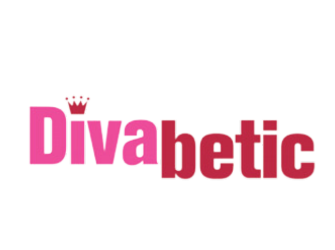One misconception about Divabetic is that we only outreach to women with type 2 diabetes. However, if you trace our roots back to the very beginning, you’ll find an army of fabulous Type 1 women warriors who have been with us from the start! Somehow, I caught the eye of Christine, the JDRF outreach coordinator and a fierce woman living with type 1 diabetes. Not sure if she found me at our Bee A Diva coaching sessions at the YMCA or spotted me dazzling backstage at dLife, but shortly after we connected, the New York Chapter of the JDRF sponsored our first very small diabetes makeover program at MESS Makeup Studios in NYC.
After I shared my dream of crafting a ‘diva’ experience for women with type 1 diabetes, Christine had this brilliant idea of using MESS Makeup Studios as our stage! Walking into that studio, with a row of lit-up mirrors greeting me, I felt like I had just waltzed into a Broadway show — cue the jazz hands!
Our inaugural makeover program was a whirlwind of free makeover services mixed with diabetes education sessions, image services, and exhibits like ‘Pearls & (Insulin) Pumps.’ Just when I thought we’d keep it low-key, Catherine Schuller, who later joined our national makeover team, dropped the bombshell idea: let’s go live on morning TV! Naturally, we rolled up our sleeves and scrambled to put together a second makeover program for that very same day. Spoiler alert: the morning TV gig fell through, but the nighttime event? A roaring success! We had author and comedian Trisha Porretti, a fellow type 1 warrior, lighting up the stage as our guest star!

Jessica Issler, RD, CDCES, a rockstar diabetes educator, volunteered that night and later joined our national makeover program sponsored by Novo Nordisk.
Later, Christine, hosted demonstrations on how to cut and prepare fresh fruits and vegetables at our several makeover programs.
So, there you have it—a fabulous journey filled with sparkle, laughter, and a dash of glucose!



















